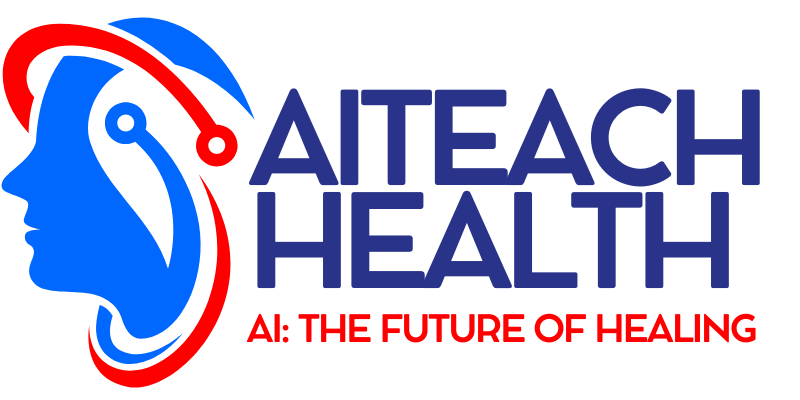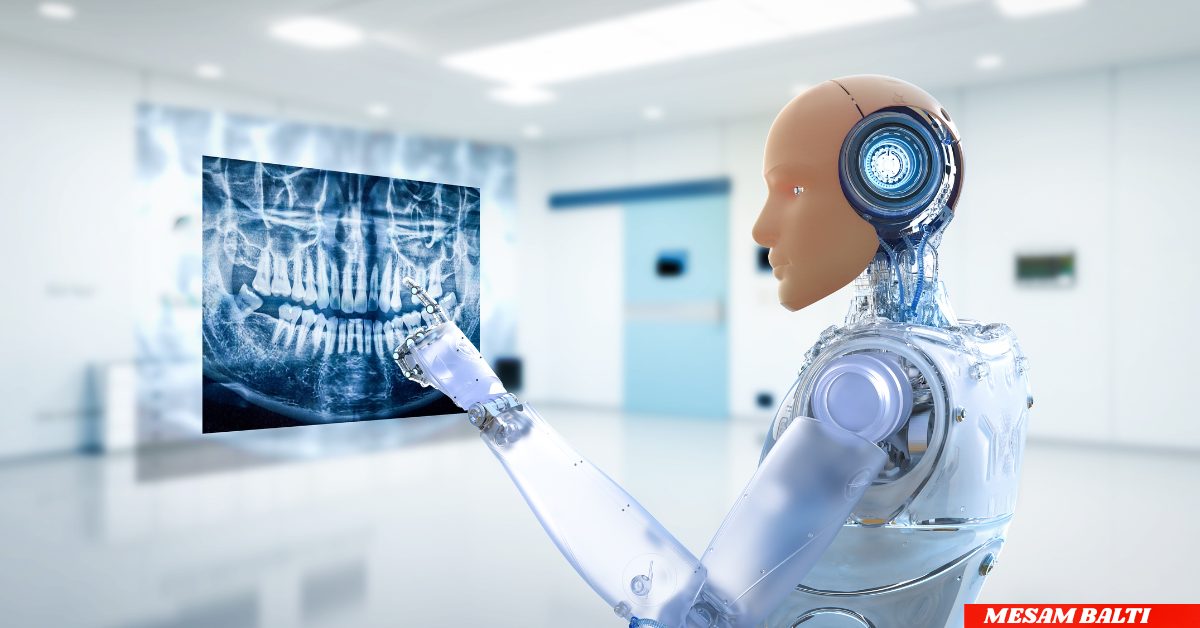Introduction
Picture a world where doctors can predict which diseases you’ll get, what you’ll die of and how to cure it in advance, and where hospitals have the efficiency of an Amazon warehouse. This isn’t science fiction — it’s the practical role of AI in today’s health care. Artificial intelligence is transforming medicine — so much so that it’s even helping computers perform doctor’s exams. AI is a game-changer — from diagnosing rare conditions to simplifying administrative work. In this post, we’re sharing how AI is transforming healthcare, the applications in practice, and what the future might hold.
How AI Improves the Diagnostics and Early Diagnosis
AI-Powered Imaging Analysis
AI algorithms are highly skilled at reading medical images and interpreting them as X-rays, MRIs and CT scans. Tools like Google’s DeepMind can accurately identify eye diseases like diabetic retinopathy as well as human specialists can. By identifying subtle patterns, AI lets AI cut down on misdiagnoses and catch conditions early.
Case Study: In 2019, Stanford University created an AI model that correctly identified skin cancer from images 95% of the time — on par with dermatologists.
Advantage: Detected early, the wall should save lives, and slash treatment costs.
Predictive Analytics for Disease Prevention
AI incorporates patient data — genetic profiles, medical history and lifestyle factors — to forecast the risk of disease. For example, IBM Watson pores over electronic health records (EHRs) to identify possible health risks associated with heart disease before they present any symptoms.
How It Works: Machine learning models learn patterns from historical data to predict health outcomes.
Impact: Patients get preventive care that can reduce their risk of being hospitalized by as much as 30%, according to some studies.
Personalizing Treatment Plans with AI
Precision Medicine and Genomics
AI uses genetic information to recommend individualized treatments. For instance, Tempus uses A.I. to connect cancer patients to tailored treatments according to their DNA.
Real-World Example: In 2023, a patient with leukemia benefited from AI-aided genomic analysis that resulted in a personalized drug regimen that increased remission rates.
Why It Matters: Tailored treatments make drugs more effective and reduce side effects.
AI in Drug Discovery
It takes a lot of time and money to develop new drugs. AI speeds up this process by modeling drug interactions. Companies like Insilico Medicine now use AI to pick out promising compounds in weeks, not years.
Stat of Note: AI-generated drug discovery can reduce time to develop by as much as 50%, according to industry reports.
Streamlining Healthcare Operations
Automating Administrative Tasks
Chatbots and Virtual Assistants AI-powered chatbots and virtual assistants that handle scheduling, billing and patient inquires. This takes the burden off staff to do what they are there to do — care.
Example: Cleveland Clinic is employing AI chatbots to process appointment bookings and the wait times are lower by 20%.
Benefit: Automation is saving healthcare systems billions of dollars a year, by lowing the administrative burden.
Optimizing Resource Allocation
AI forecasts which patients will be admitted and staffs accordingly. Products like Qventus crunch hospital data to predict surge times, making beds and staff available.
Impact: Hospitals and healthcare organizations managing with AI have seen 15–20% increase in operational efficiency.
Ethical Considerations and Challenges
Data Privacy and Security
Artificial intelligence depends on sensitive patient information, and could leave health data vulnerable to breaches or abuse.
Solution: Strong encryption and adherence to requirements such as HIPAA are essential.
Example: In 2024, a large hospital came under fire when an AI system revealed patients files because of lax security procedures.
Bias in AI Algorithms
AI models, of course, can inherit biases from training data and in doing so induce unjustly biased treatment. For instance, early AI models for patients with Covid-19, “underpredicted the risk for minorities,” Turnbull said.
Mitigation: Broad, regularly-audited sets of data can help cut down on the bias, resulting in truly fair outcomes.
AI in Healthcare: The Future
AI and Telemedicine
Telemedicine is being advanced using AI which offers on the spot diagnosis during virtual visits. Tools like Babylon Health employ AI to evaluate symptoms and suggest next steps.
Prediction: By 2030, 40% of primary care visits will involve AI-driven virtual consultations.
Integration with Wearables
Wearable devices such as Fitbits and Apple Watches gather health data in real time. Artificial intelligence uses this data to track chronic conditions and notify doctors about anomalies.
Example: In 2025, AI-embedded wearables made individuals 25% less likely to have a heart attack due to early warnings.
Conclusion
The impact possibility of AI in the present day health care is dramatic in terms of better diagnostics and treatments, personalising of treatments, efficiency in processes and tackling of ethical issues. As AI continues to advance, it will usher in an era of healthcare that is more precise, accessible, and efficient. Keep up on these developments—your health may be hanging in the balance! Thoughts on AI’s effect in health care? Discuss them in the comments or follow Taking Note on Twitter:
FAQs
How can AI help healthcare diagnostics?
AI, meanwhile, analyzes medical images and patient data to detect diseases early with high accuracy, thereby minimizing misdiagnosis.
Is AI in health care safe and ethical?
AI can be safe if created under strong data privacy rules and audited for bias to prevent unethical use.
Can AI replace doctors?
No, AI assists doctors through tasks automation, providing insights, but human expertise remains essential.
What’s the future of A.I. in health care?
AI will improve telemedicine, its connection with wearables, and speed drug discoveries, leading to better patient outcomes.



